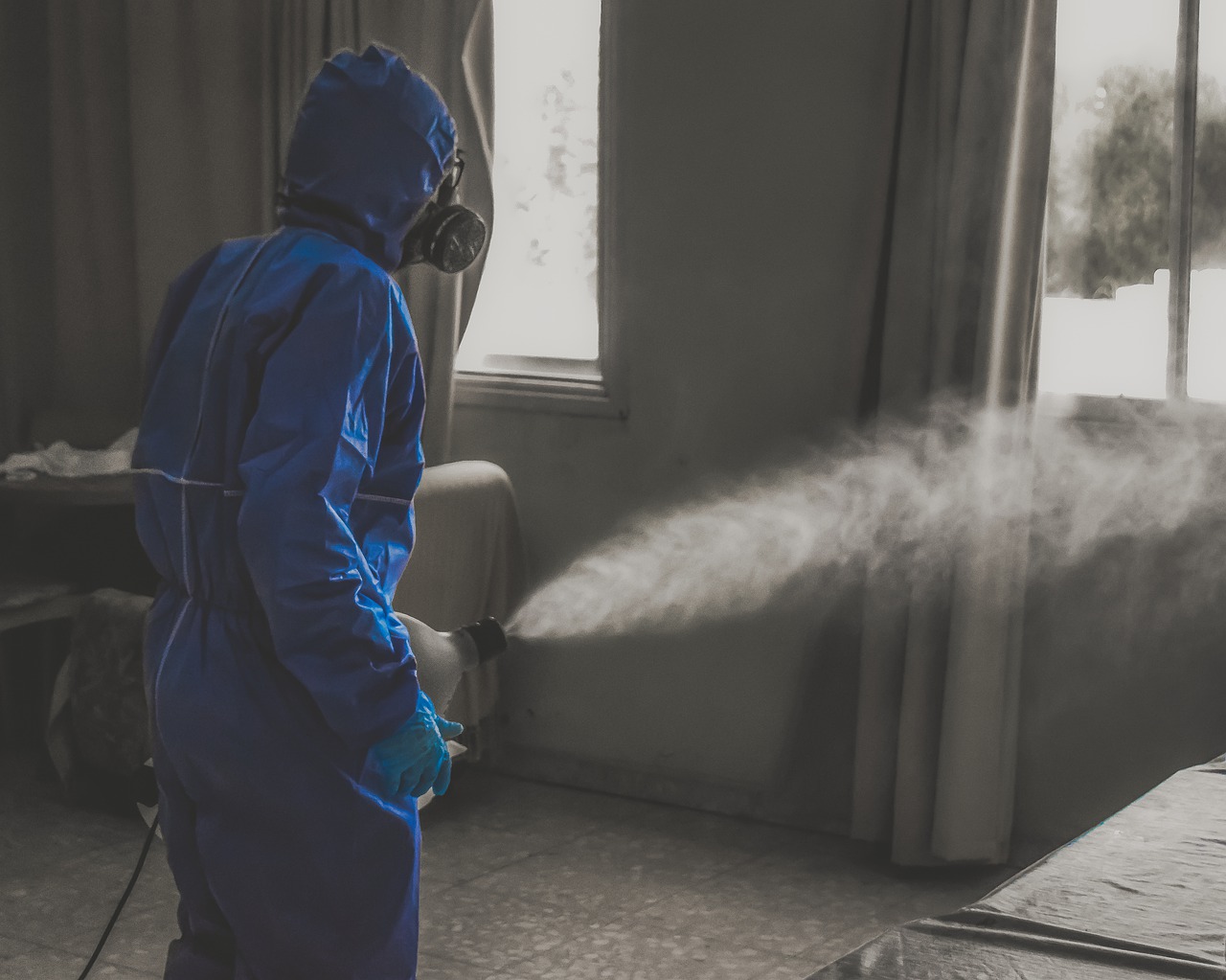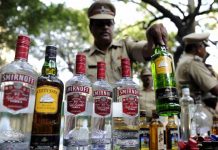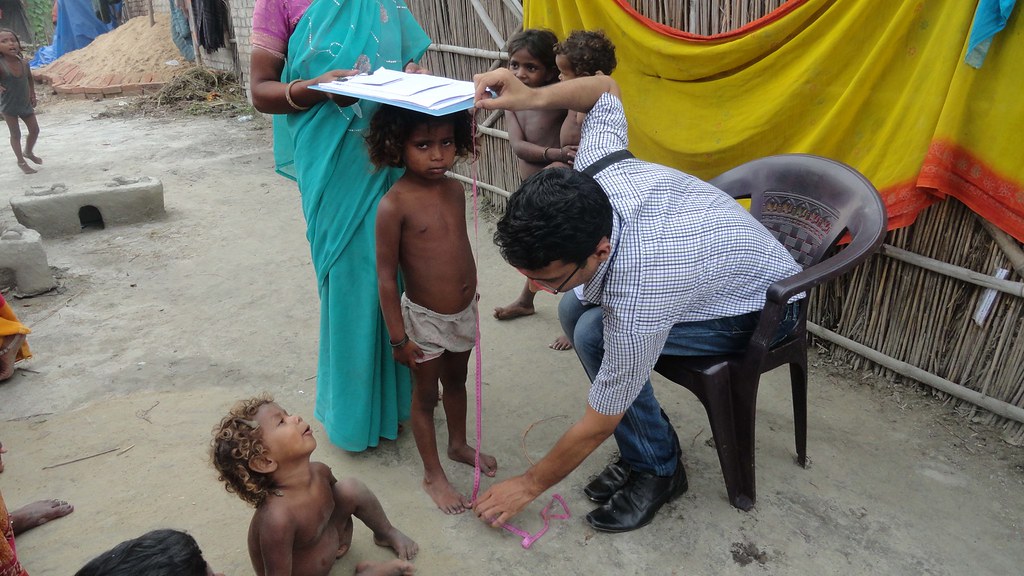Success in a battle greatly depends upon how well the developments in the battle are monitored. The battle against COVID-19 is no exception. The important indicators used to monitor the situation in the battle against COVID-19 are the fatality rate and the recovery rate. The fatality rate is the percentage of deaths among the people affected by COVID-19 and the recovery rate is the percentage of people recovered among the people affected by COVID-19. A declining trend in the fatality rate indicates a movement on the path of success in the battle against COVID-19. Both Policymakers and socially conscious persons are keen to know whether fatality rate is declining over time. Therefore, the estimates of the fatality rate at regular time interval enable us to assess our performance in the battle against COVID-19. Hence, the present Study using a pragmatic approach seeks to generate the fatality rates from the available data and examine the trend in the fatality rate.
It is true that estimation of the fatality rate is not easy. In a Press Briefing on March 3, 2020, the Director-General of the World Health Organisation, Dr Ghebreyesus reported that the fatality rate due to COVID-19 is only 3.4 percent. Experts admit that calculating fatality rate in case of COVID-19 is tricky due to long incubation period.
It is very easy to find the mortality rate of soldiers at the end of a war as we know the actual number of soldiers who lost their lives. For example, in Wuhan City of China, the battle against COVID-19 is almost completed. Initially, the Chinese Authorities announced that 2570 patients died out of 50,008 COVID-19 affected persons. Thus, the fatality rate turned out be 5.16 percent. Recently, the figures have been revised. According to the revised figures, 3869 persons have died out of 50,333 COVID-19 affected persons. Hence, the revised fatality rate has increased to 7.69 percent
However, when the battle is being still fought, it is not possible to calculate the mortality rate and the survival rate of the soldiers. No doubt, we may have the data on the number of deaths till that day. But we don’t know how many of the remaining soldiers will survive till the completion of the war. Therefore, it is difficult to work out the mortality rate and the survival rate of soldiers till the completion of the war. In this context, it is worth examining the scientific method to estimate the fatality rate when COVID-19 Pandemic continues to play havoc with the lives of the innocent people.
Understanding the Scientific Method
The scientific method to estimate the fatality rate and the recovery rate requires data. The required data needs to be classified on the basis of the date of admission of the patients to the hospital, lets suppose that 100 persons affected by COVID-19 are admitted to a hospital on April 1, 2020. Further, for the sake of argument, let us assume that by April 25, 2020, among these 100 persons, unfortunately 15 persons succumbed to the disease and 85 persons, completely recovered and were discharged from the hospital. Now, the fatality rate and the recovery rate would be 15 percent and 85 percent, respectively and the two rates would add up to 100. Surprisingly, in the present context of COVID-19 pandemic, this procedure seems to be not unadopted either due to non-availability of the data in required format or due to the ignorance of the users. For users, other than the government, the data may not be available in the required format.
Decoding the Government’s Method
The government has not explicitly spelt out the method adopted by it to estimate the fatality rate and the recovery rate. In this context, it is worth exploring the possible method adopted by the government to arrive at fatality rate and recovery rate based on the data released by it. According to the Government data, out of 33,610 persons affected by COVID-19 till April 30, 2020, 1074 persons died and 8373 persons were discharged (The Hindu dated May 1, 2020) . So, the sum of number of persons who died and the number of recovered persons is 9447. It implies that out of 33,610 affected persons, still 24,136 persons (i.e., 33,610 – 9447) are in various hospitals undergoing treatment for the disease. We don’t know how many of them will survive. It appears that the Government has not considered this issue. The fatality rate has been computed as percentage of deaths to the total number of cases (i.e., 1074/33,610) which works out to 3.2 percent. Similarly, the recovery rate has been taken as percentage of persons recovered to the total number of cases (i.e., 8373/33, 610) which is about 25.2 percent. As explained earlier, fatality rate and recovery rate should add up tomorrow hundred which is not the case in the figures released by the Government.
More serious defect in this method is the fact that the Government is estimating the required rates when the outcome of over 70 percent of patients, who are under treatment, is unknown. Such estimates fail to reveal the ground reality. For instance, a low fatality rate of 3 % may give some relief to the people but a recovery rate of 12 % make patients to lose their confidence to fight against the disease. Therefore, the Government has to group the available data with it on the basis of date of admission of persons and work out the fatality rate and the recovery rate for each group. Average of estimates so obtained for sufficient number of groups would be more reliable and meaningful for Policy formulation.
The Case Closed Method
Many Studies make use of the data on the fatality rate in their analysis. However, they do not explicitly mention the method used to estimate the fatality rate. Case Closed Method is one of the methods which deserve some attention. This method makes use of the data on the number of deaths and the number of patients discharged from the hospitals. In this method, the fatality rate during a period is taken as percent of number of deaths to the sum of the number of deaths and the number of patients discharged from hospitals during that period. The implicit assumption in this method is that all the people are admitted at the beginning of the period which is generally not true.However, if the rates are estimated for different time periods, it may provide a broad trend.
Understanding the National Picture
Using the data released by the Ministry of Health and Family Welfare, Government of India, the fatality rate for different time periods have been worked out when the time period up to March 30, 2020 is considered the fatality rate turns out to be 24 %. When the time period is extended up to April 14, 2020, the fatality rate remains more or less at the same level (22 %). However, when the time period is extended up to April 29, the fatality rate gets halved (11.34 %). Even when the time period is further extended up to May 10, 2020, the fatality rate continues to remain at low level (9.54 %). In short, there appears to be a declining trend in the fatality rate in India.
The State Level Picture
As expected, the fatality rate exhibits a wide variation across the States in India. When the period up to May 11, 2020 is considered, the States like Maharashtra (16.54 %), Gujarat (16.23 %), Punjab (15.74 %) and Madhya Pradesh ( 11.37 %) have recorded a high fatality rate i. e., above 10 %. On the other hand, States like Kerala ( 0.81 %), West Bengal ( 3.07 %), Telangana ( 3.85 %) and Uttar Pradesh ( 4.28 %) have recorded a low fatality rate i e., below 5%.
Making Use of the Pragmatic Method
In the absence of the data in the required format and keeping the format of the available data in mind, a pragmatic method to estimate the fatality rate has been developed. It is assumed that the number of patients undergoing a treatment in the hospitals on any day will either recover or succumb to the disease in a period of fifteen days. Therefore, the fatality rate is taken as percentage of deaths during a period of fifteen days to the number of patients at the beginning of the period. The robustness of the method is verified by using moving average of five days instead of single day figures. For instance, the number of patients in the hospitals on March 15, 2020 was 92. Further, the number of deaths during the period March 15 to March 30, 2020 was 27. Therefore, the percentage of deaths during the fifteen days period to the number of patients at the beginning of of the period is 29. Therefore, the fatality rate for the period March 15 to March 30, 2020 is taken as 29 percent. The fatality rate for the next fifteen days I.e., March 30 to April 14, 2020 has recorded more or less same rate ( 310 / 940 i. e., 33 %). During the second-half of the April month (April 14 to April 29, 2020), there is a drastic decline in the fatality rate to 8 %. (i.e. 768 /8834). The fatality rate, further declined to 5 % (i.e, 1104 / 22528) during the month of May ( i. e., April 29 to May 10, 2020).
Thus, there is a declining trend in the fatality rate. This trend may be due to the increase in the number of hospitals over time. It is also possible that the people who have lower immunity power are affected first and are likely to have relatively higher fatality rate while people with higher immunity are likely to be affected at a later stage and are likely to have higher recovery rate.
The analysis of the available data based on the pragmatic method indicates that fatality rate of COVID-19 pandemic is declining which is a great relief to policy makers and socially conscious persons. The declining trend in the fatality rate may be partly due to the increase in the number of hospitals treating the COVID-19 disease. It is also possible that people who are affected by COVID-19 at a later stage have higher immunity power and higher chances of recovering from the disease.
A.Mahendran teaches Economics at VIT Business School, Vellore, Tamil Nadu and S.Indrakant is Visiting Professor, Centre for Economic and Social Studies, Hyderabad, Telangana.














